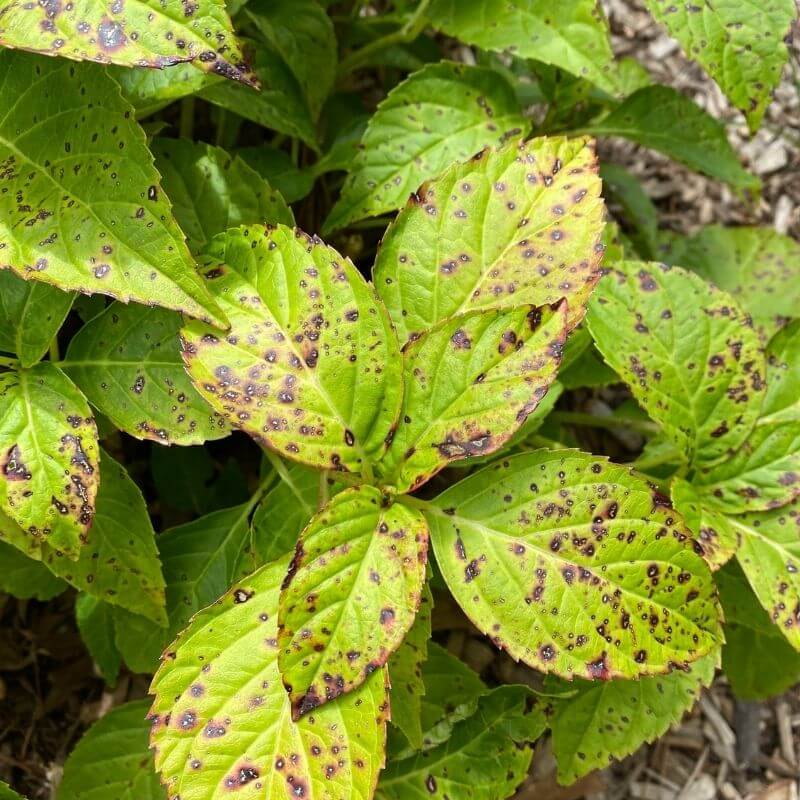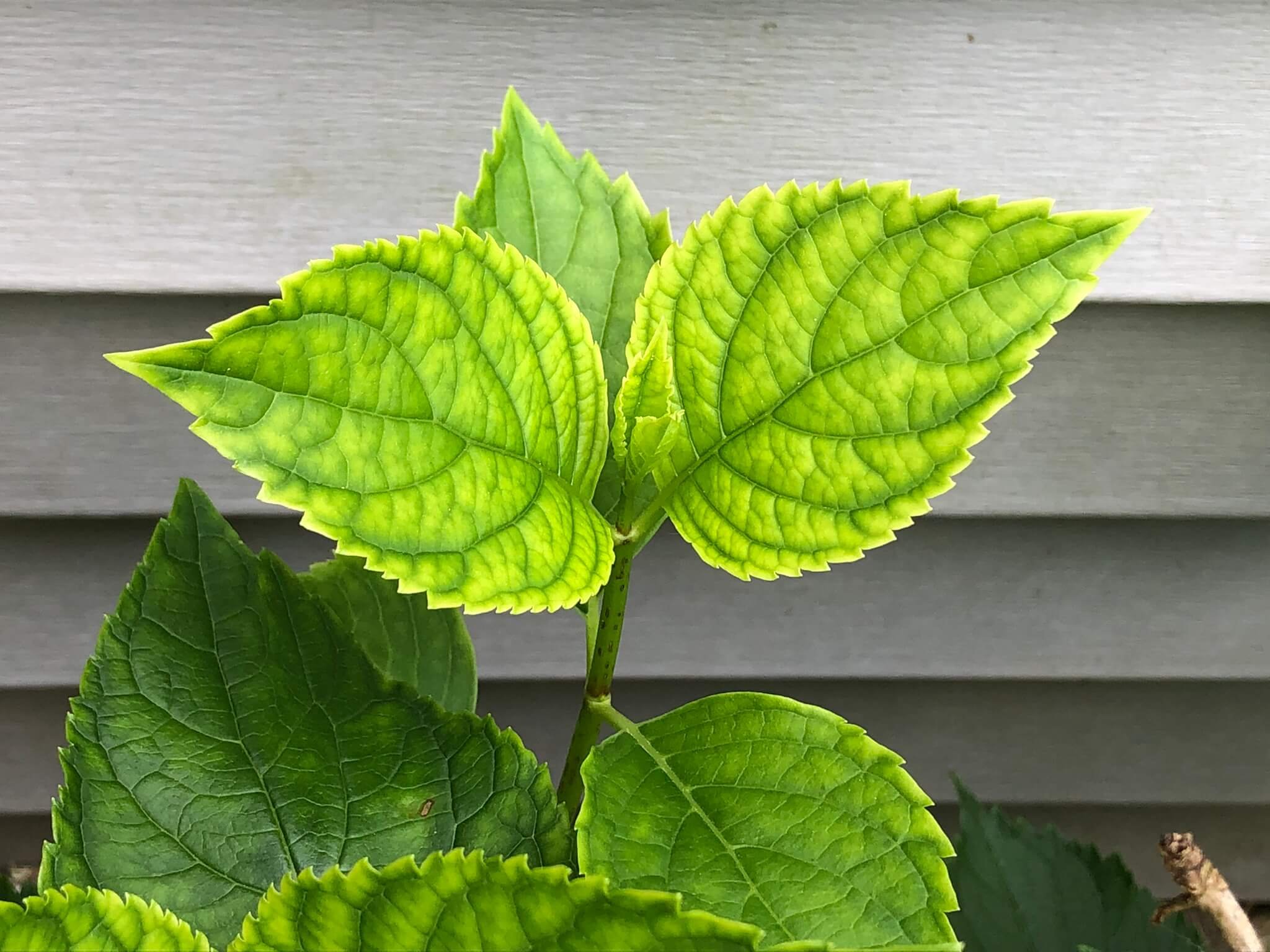Some Known Details About Hydrangea Leaves Turning Yellow
Table of ContentsSome Ideas on Hydrangea Leaves Turning Yellow You Should KnowTop Guidelines Of Hydrangea Leaves Turning YellowExamine This Report on Hydrangea Leaves Turning YellowThe Best Strategy To Use For Hydrangea Leaves Turning Yellow
These issues are easy to recognize and take care of if you take actions before root rot embed in. A wetness meter can help lead you to the finest method of modification (Hydrangea Leaves Turning Yellow). Big leaves commonly look saggy during the mid-day heat. When they fall short to perk up in the night or still look wilted in the morning, your plant can be overwatered.Get rid of the plant from the soil and trim out any type of origins that aren't white and turgid (plump). Replant in a new area or function some sand into the dirt for far better drain. Underwatering also creates entrusts to transform yellow with brownish, crispy edges. Don't attempt to fix the problem by watering exceedingly.
Add a bit of distilled water, mix the ingredients, and drain the additional water. Put a p, H screening strip in and wait for a reading.
The most effective way to do that is with soil amendments. Sphagnum moss or peat moss avoids the dirt from compacting and betters soil drainage while also raising the soil's level of acidity. You can spread sulfur chips in your hydrangea dirt. The easiest means is to merely use a fertilizer that assists preserve the right acidity in the dirt while also feeding the plant.
The Single Strategy To Use For Hydrangea Leaves Turning Yellow
This is one great reason to repot houseplants consistently (though there are others, such as origin growth for instance). It is likewise why houseplants call for a much stricter feeding regular than a lot of outdoor plants. When a hydrangea houseplant is lacking in nutrients, its fallen leaves will be the initial to show the indications.

You will certainly additionally need to feed the plant by hand and regular intervals. When springtime begins in March, it's the active expanding period for lots of houseplants, including hydrangeas.
The dripline is the area located under the vegetation that is the furthest away from the facility of the plant. So rather than using feed to the facility of the plant it is best to concentrate it primarily in the external locations of the pot. If you prefer to make use of a slow-release fertilizer such as granular or spike plant food, then cover either type with some soil after you place them.
The Of Hydrangea Leaves Turning Yellow

The hydrangea is surprisingly frost-resistant, once temperature levels start getting into the 20s, the plant is in significant risk. If the temperatures remain in the reduced 10s, that linked here risk is Read Full Report much more extreme still. Undoubtedly this is more of a concern with exterior plants so if you keep potted hydrangea outside you ought to bring them indoors in really winter problems and even consider transferring them inside for the duration of the wintertime.

A dehydrated hydrangea, A big issue with numerous houseplants is origin rot. Origin rot takes place when you overwater a plant and since it is such a typical issue (particularly with succulents) several houseplant proprietors are afraid of overwatering their plants. Hydrangeas require even more watering that a lot of other typical houseplants and can end up being dehydrated when they are underwatered.
The smart Trick of Hydrangea Leaves Turning Yellow That Nobody is Discussing
They need generous amounts of water, yet they additionally dislike to expand in standing water or water soaked soil. Be definitely sure that your hydrangea is dried out because of an absence of water and not because of it be given way too much water (extra on this later). Realize prior to you explanation get that watering can that an overwatered hydrangea presents the same signs and symptoms as an underwatered one! Though overwatering is a significant trouble if you cut corners on its water demands even a little, your hydrangea will be fast to show it.
The most effective way to figure out if your hydrangea is undersea is to examine the dampness levels in the soil. By using an effective yet affordable dampness and p, H tester, or by sticking your finger into the soil, you will swiftly inform if the plant requires water. So, to obtain your hydrangea watering routines on the ideal track, you need to be mindful regarding the moisture levels in its dirt.
When you remove your finger from damp soil it will have tiny amounts of soil deposit adhered to it. Dry soil will indicate your finger comes out clean or with completely dry soil that is quickly blown away. If it's moist, and the plant has yellow fallen leaves then the plant has actually likely been overwatered and you will require to follow the advice offered in the area listed below.